The new Volkswagen California campervan will be officially revealed on 7 May, boasting extensive upgrades that will see the model into its seventh generation.
We saw the Volkswagen Multivan-based California concept in August last year, which Volkswagen said previewed the “future of the camper van" in near-production form with significant changes.
Set to move over to VW's car-derived MQB architecture, the new California will also gain a plug-in hybrid powertrain for the first time.
On the concept, the van's powertrain combined a 148bhp 1.4-litre petrol engine with a 114bhp electric motor for a combined 215bhp. It draws EV power from a 13kWh battery - which should give an engine-off range of around 25 miles.
One of the big updates to the Ford Transit Custom Nugget rival is a second sliding door, which resolves a key grievance for current California owners in right-hand-drive markets because the outgoing T6.1 model only opens on the right-hand side, which can complicate kerbside drop-offs.
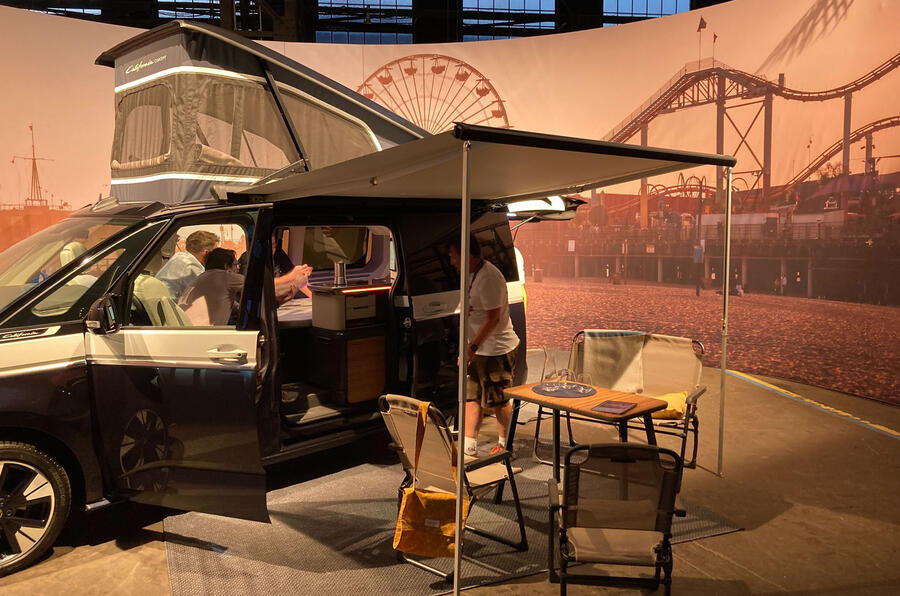
Having the pair of sliding doors also allows for the kitchen – with larger worktops, a hob, a cool box and a sink – to be accessed from outside the vehicle for the first time. This gives owners “the feeling of more living space”, the brand says. Built-in extendable awnings give a further increase to this living area.
The concept brings with it modern touches including colour-adjustable LEDs that light up the cupboards and the awning arms to “bathe the vehicle’s terrace” in light. A removable camping light is also fitted. There's even a built-in shower that attaches to the boot's open hatch.
But the key feature – one that the brand says makes the concept “the ideal camper van for the modern age” – is a new removable tablet device. This controls “all of the features relevant for camping”, such as raising the pop-up roof and providing information on the fresh and waste water levels, the interior lighting functions, power supply status, refrigerator and auxiliary. It can even be used to watch movies and television.
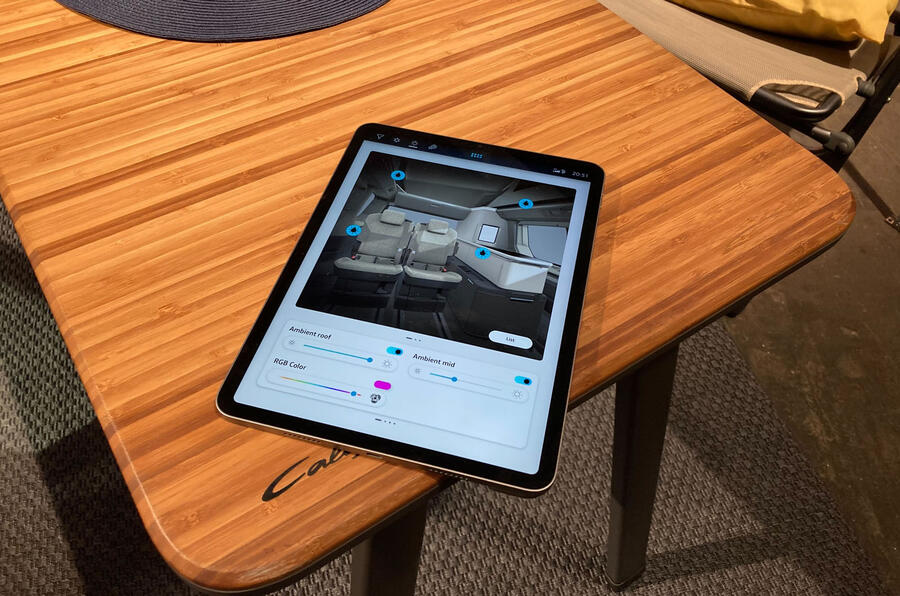

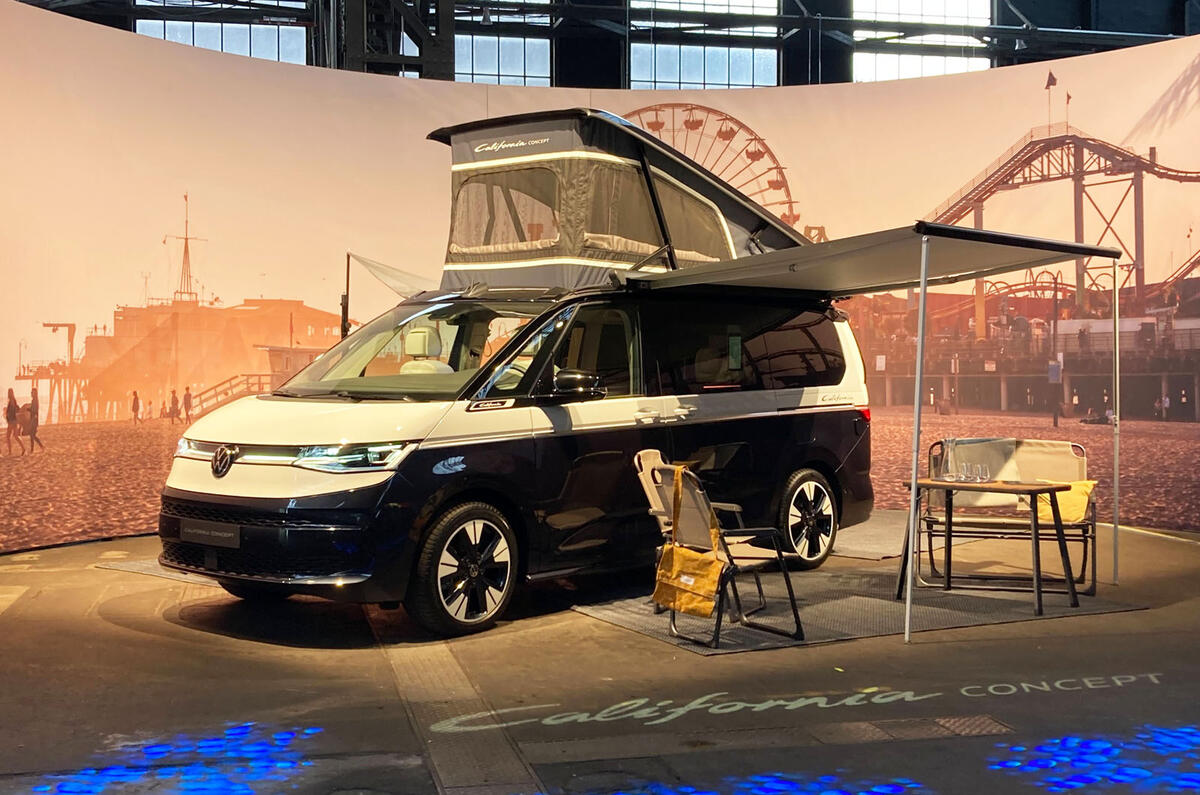
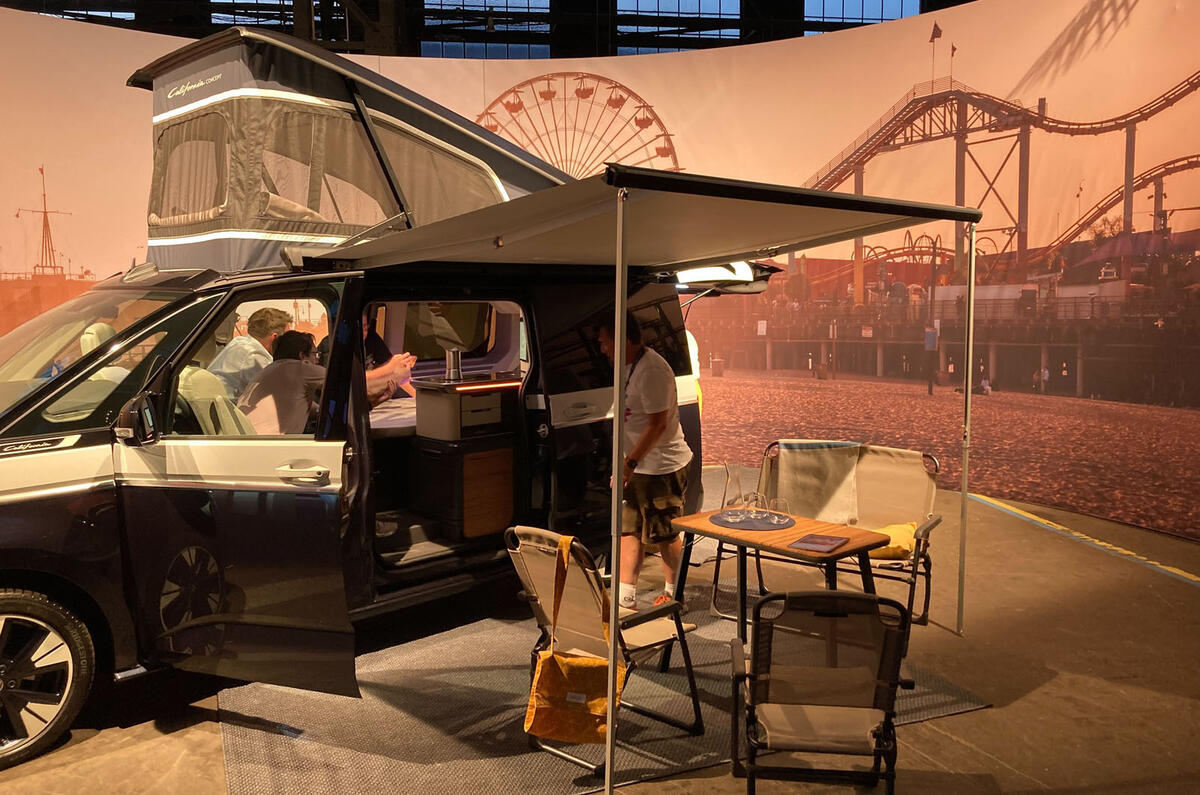
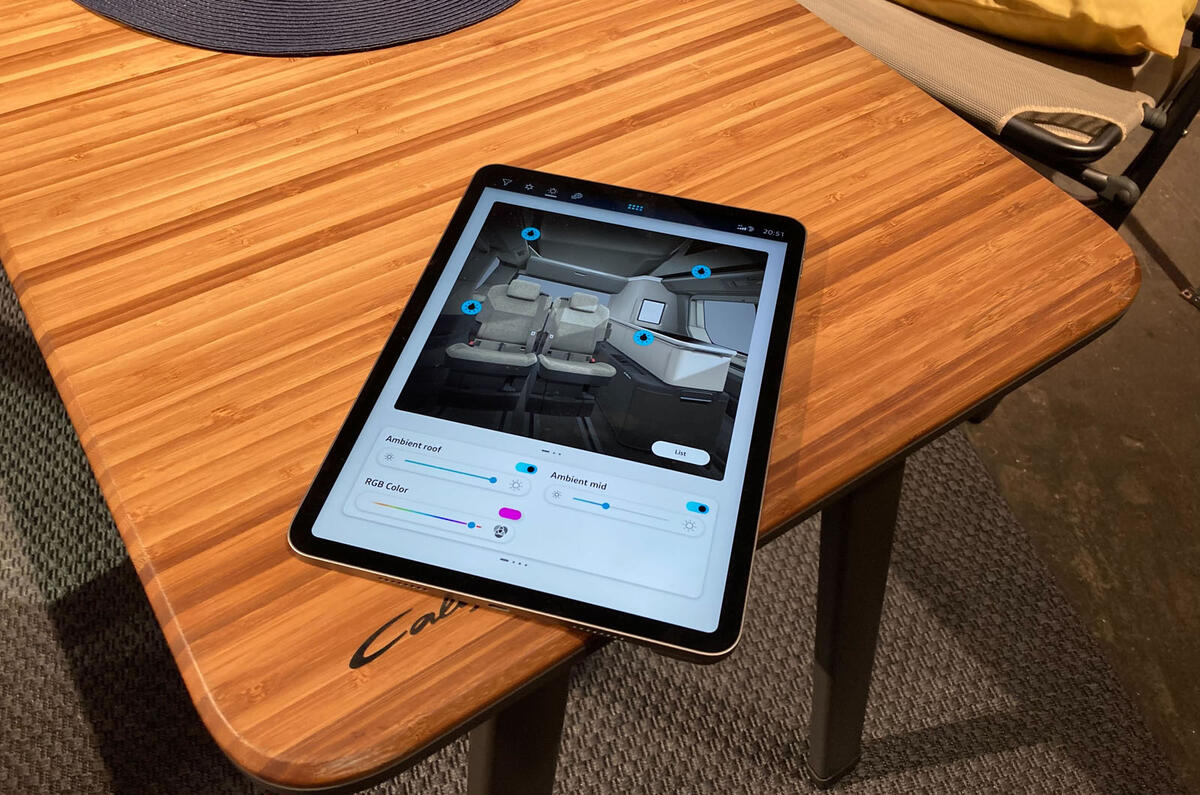

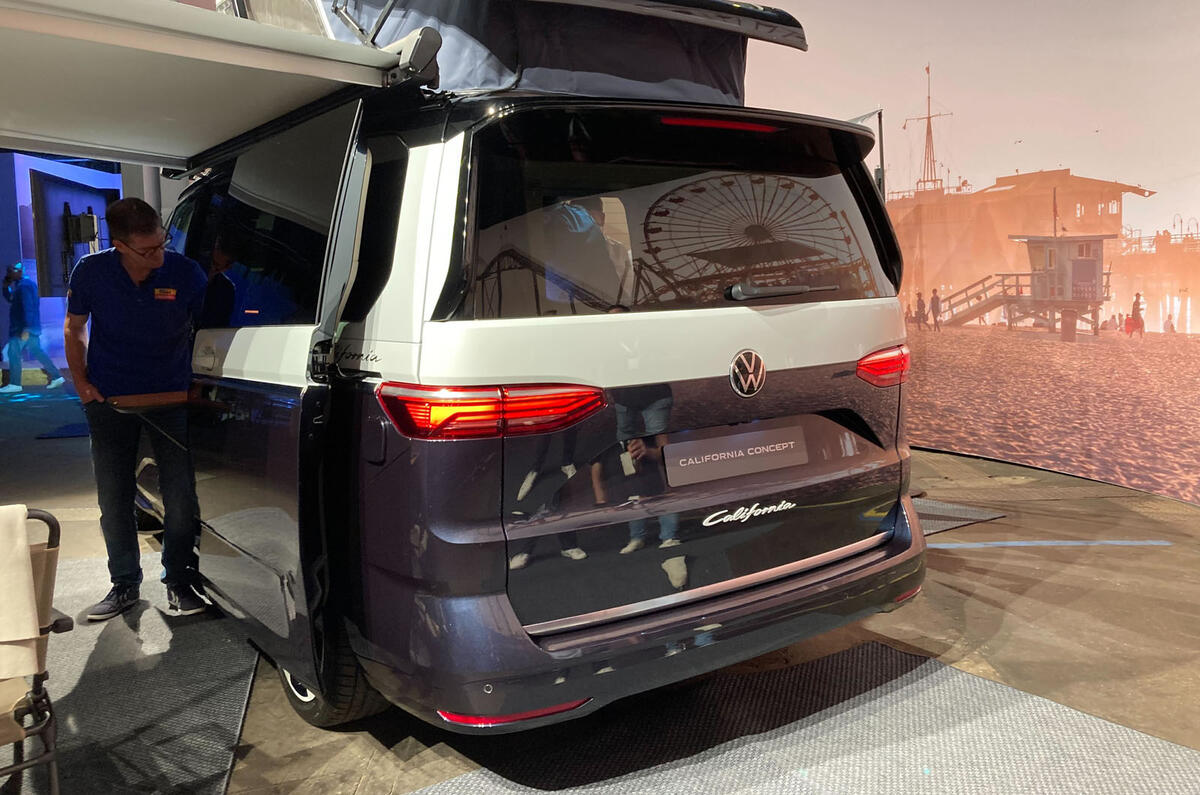

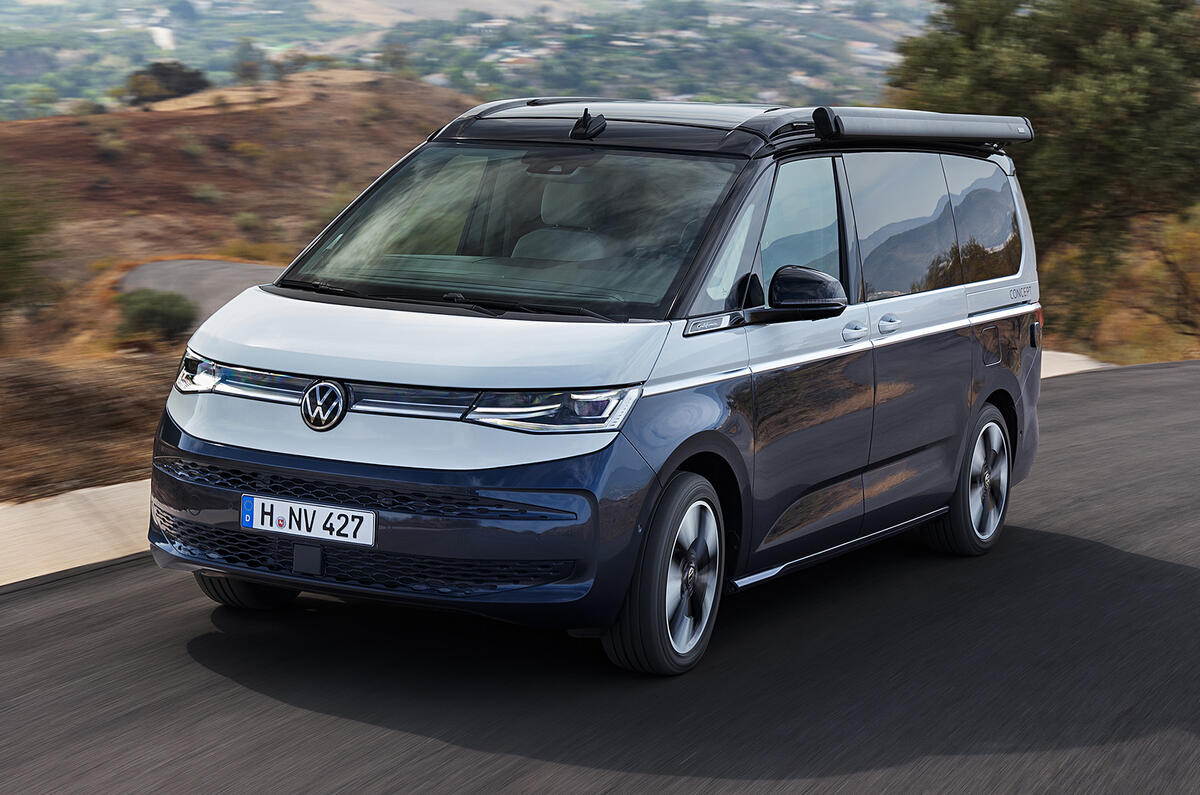

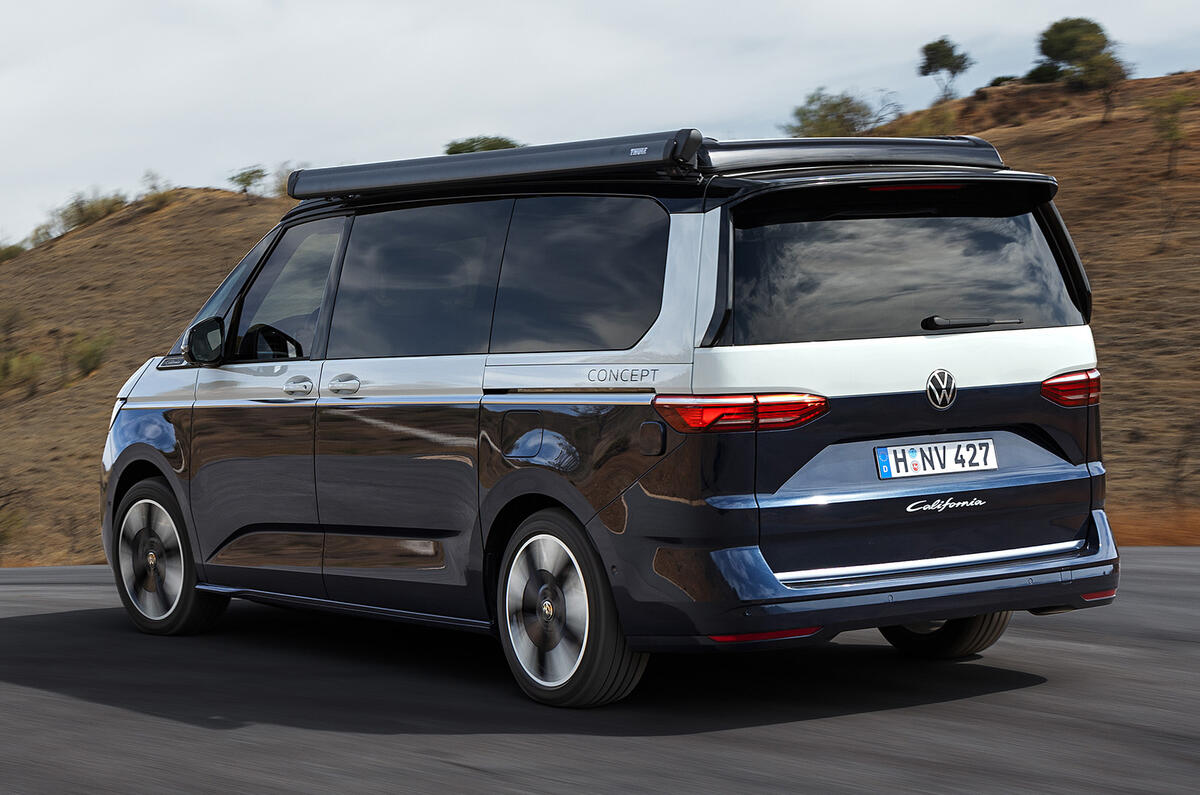
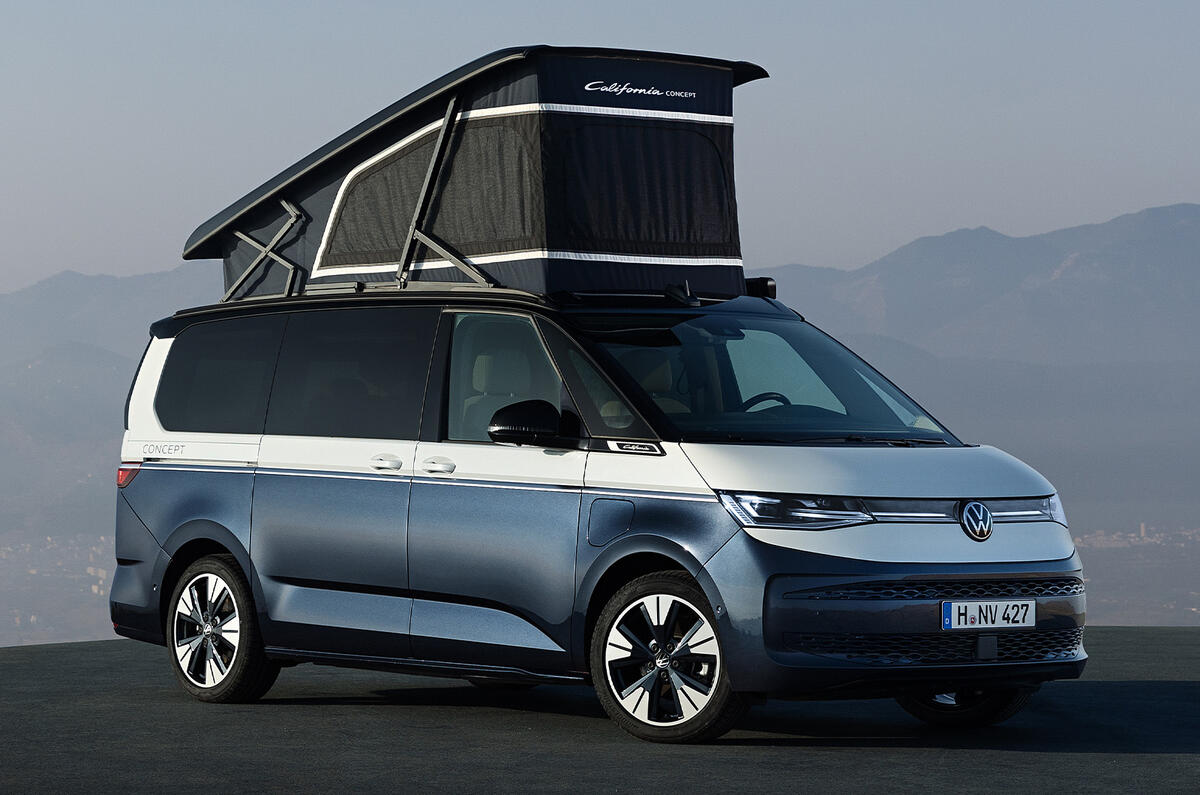
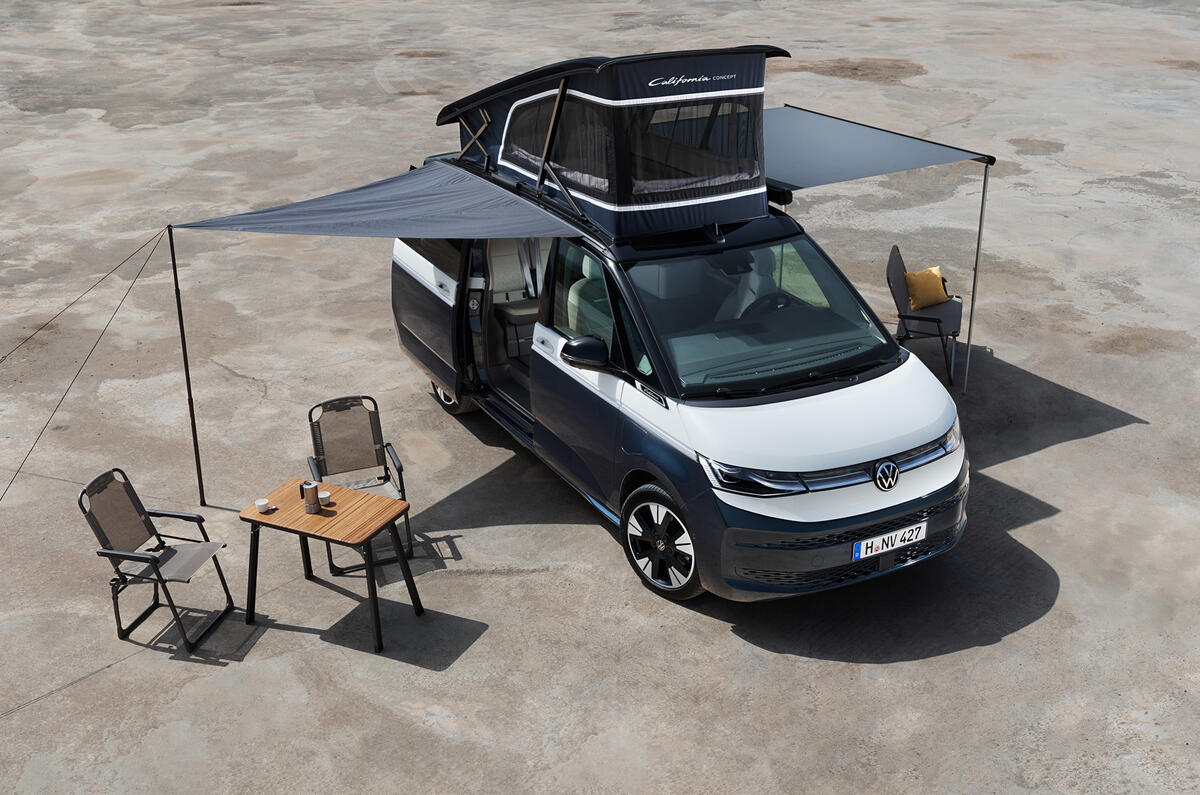
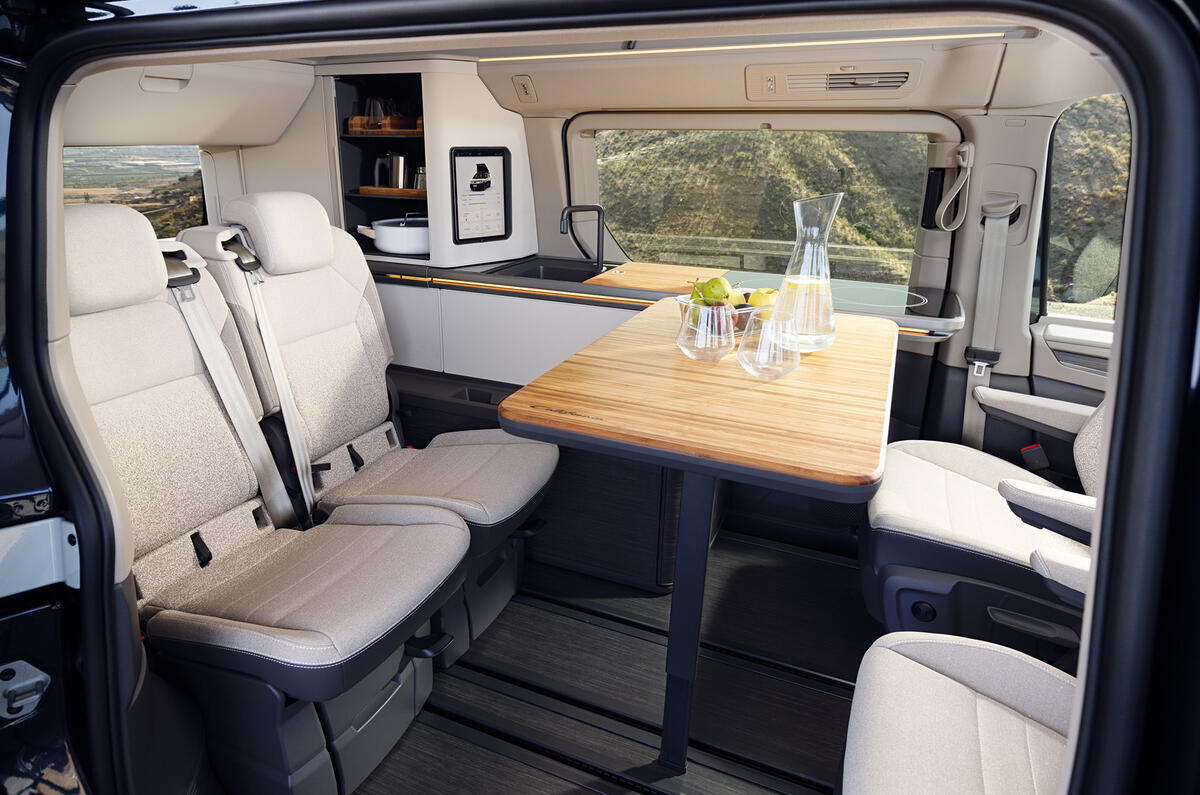

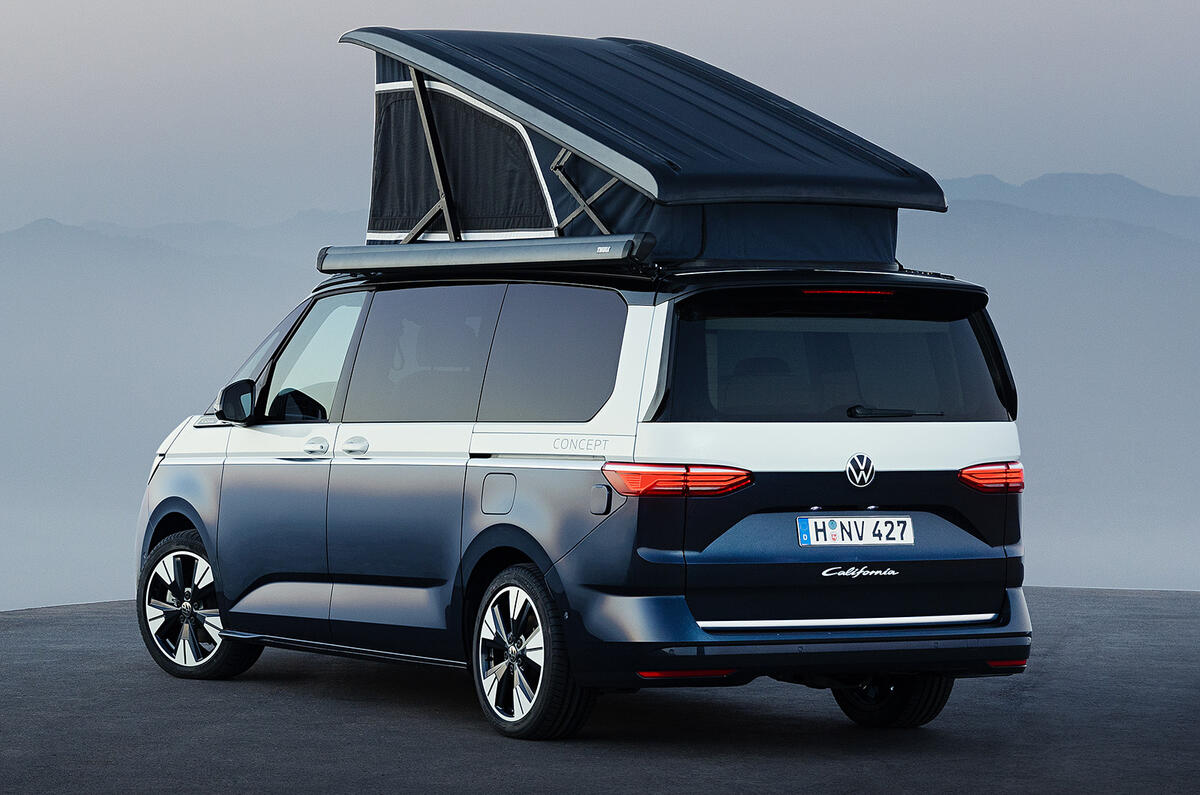
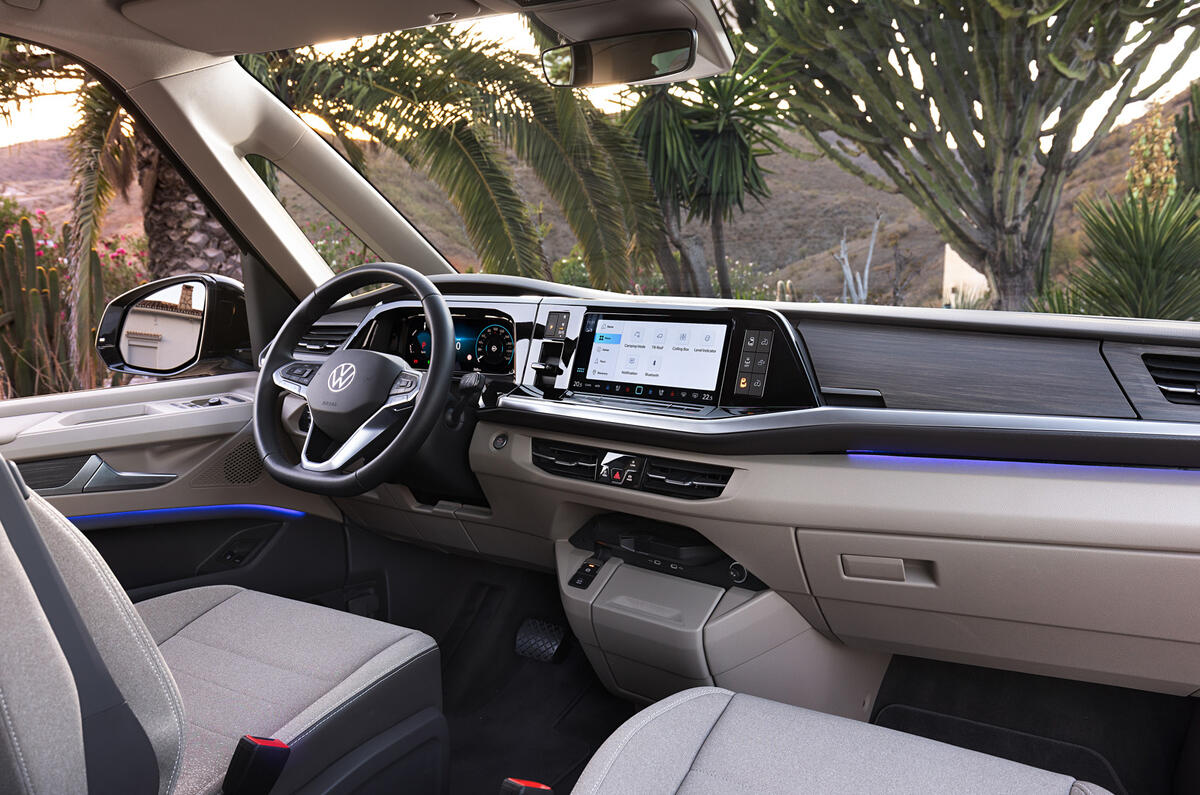
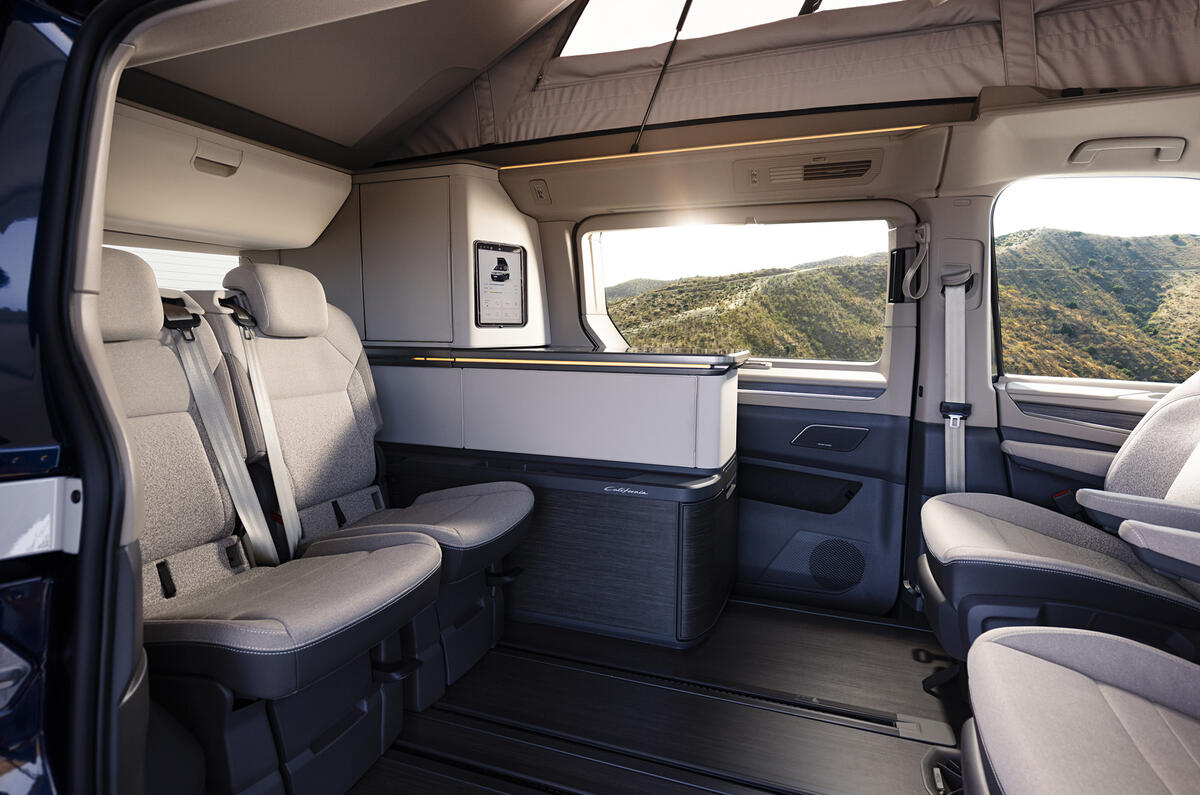

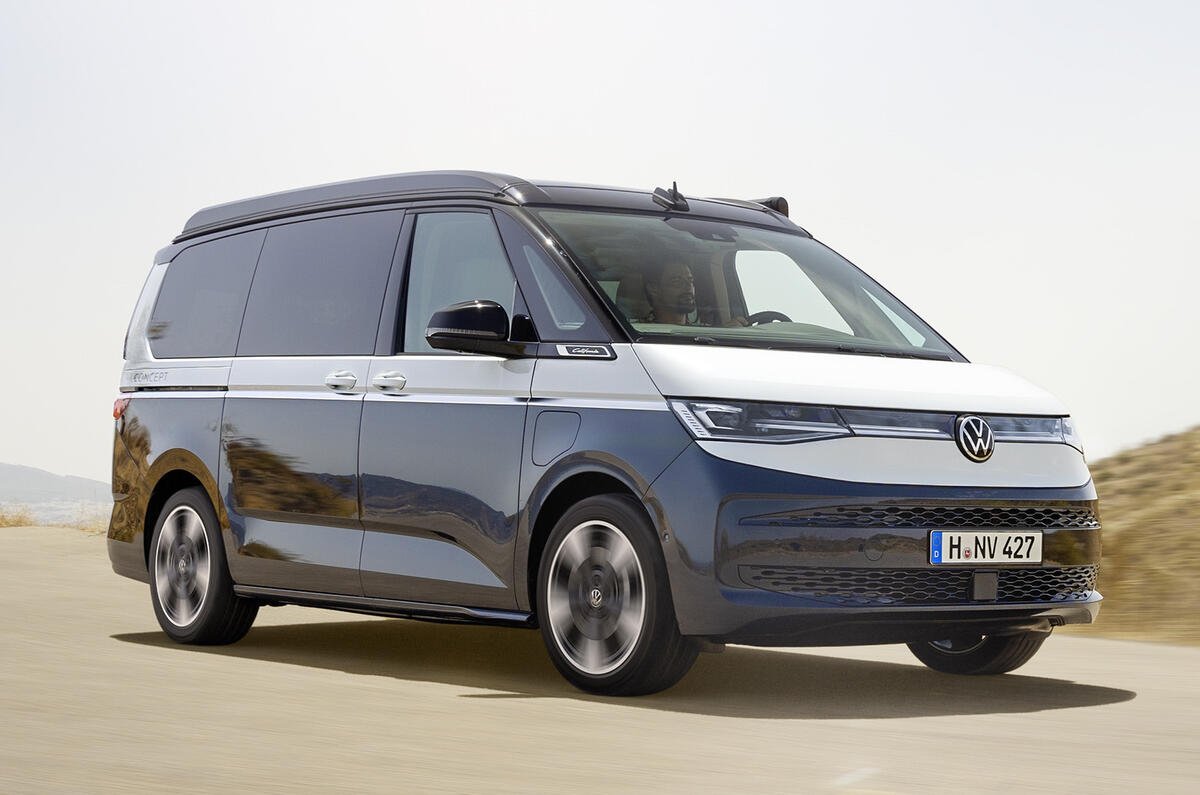
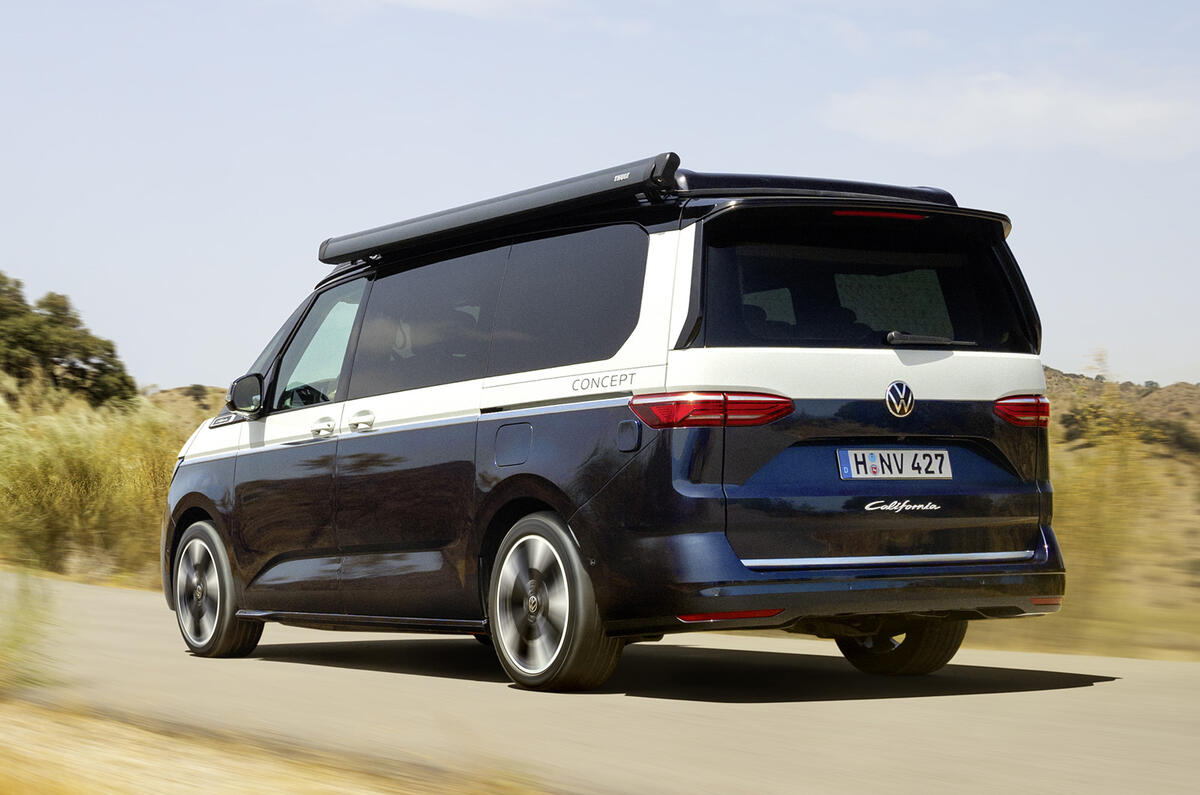
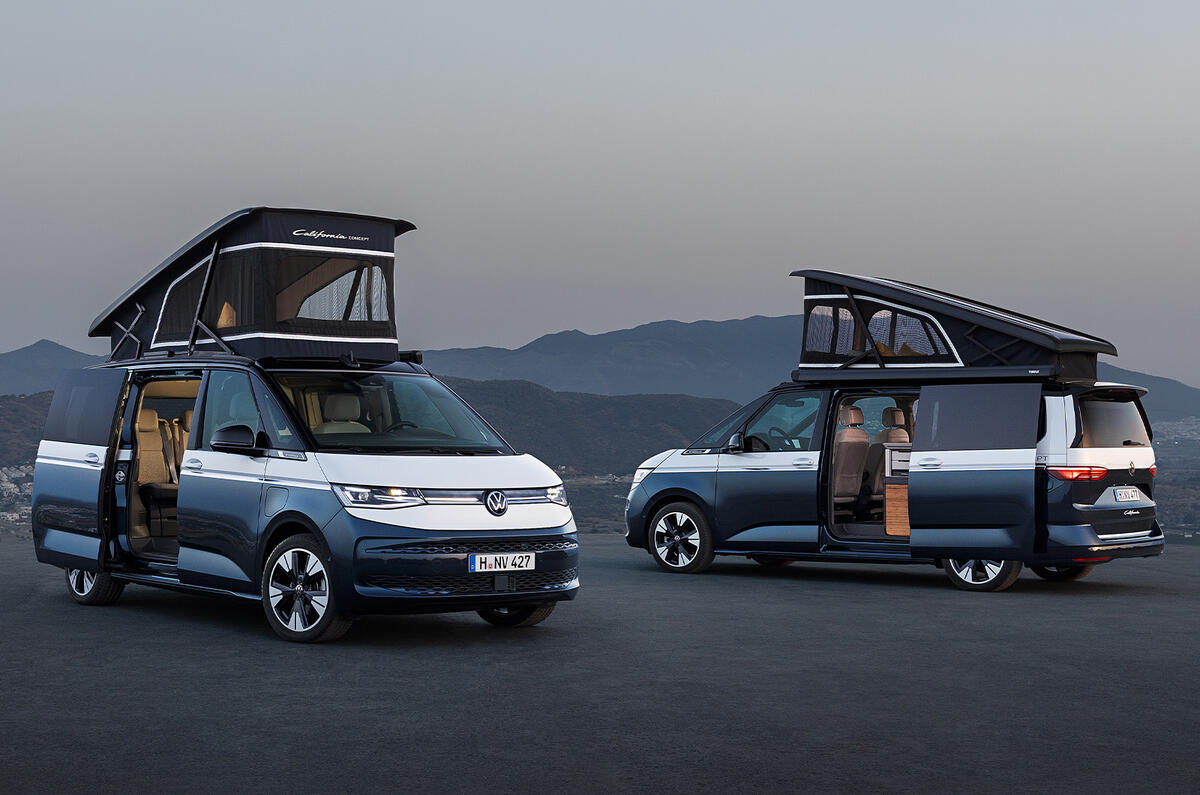

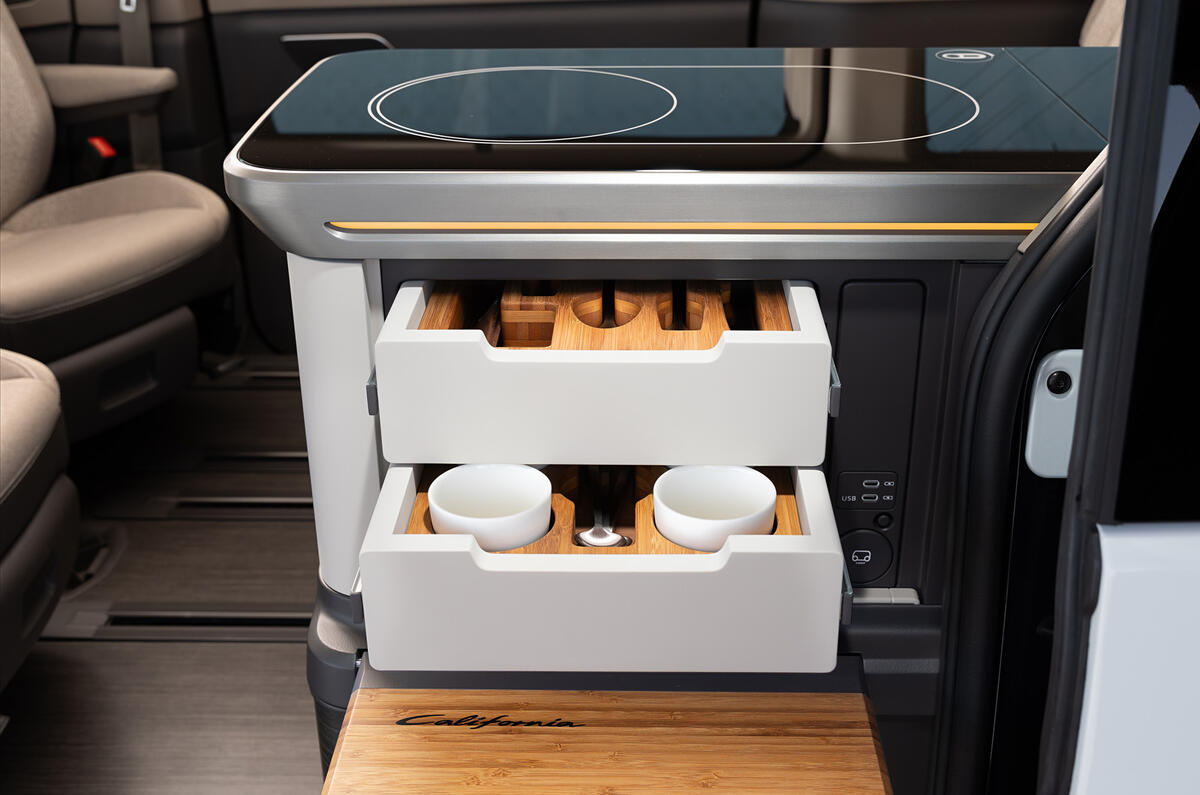
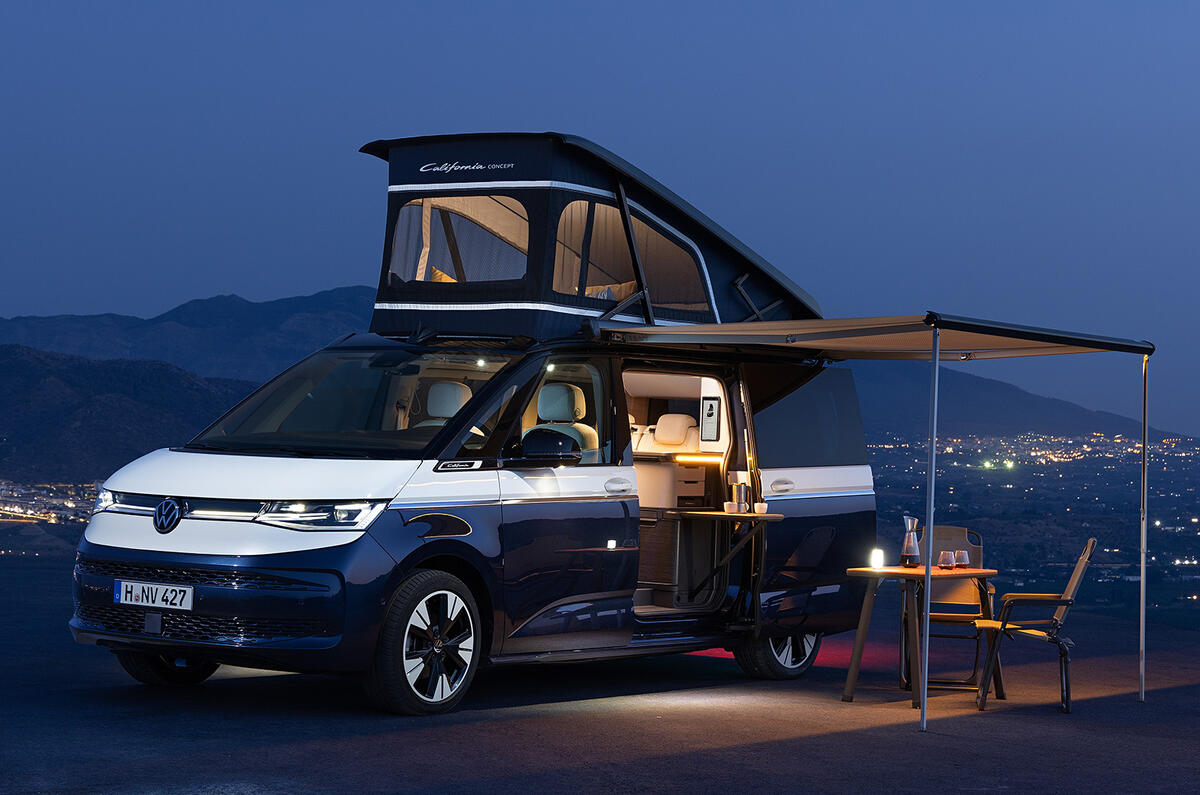
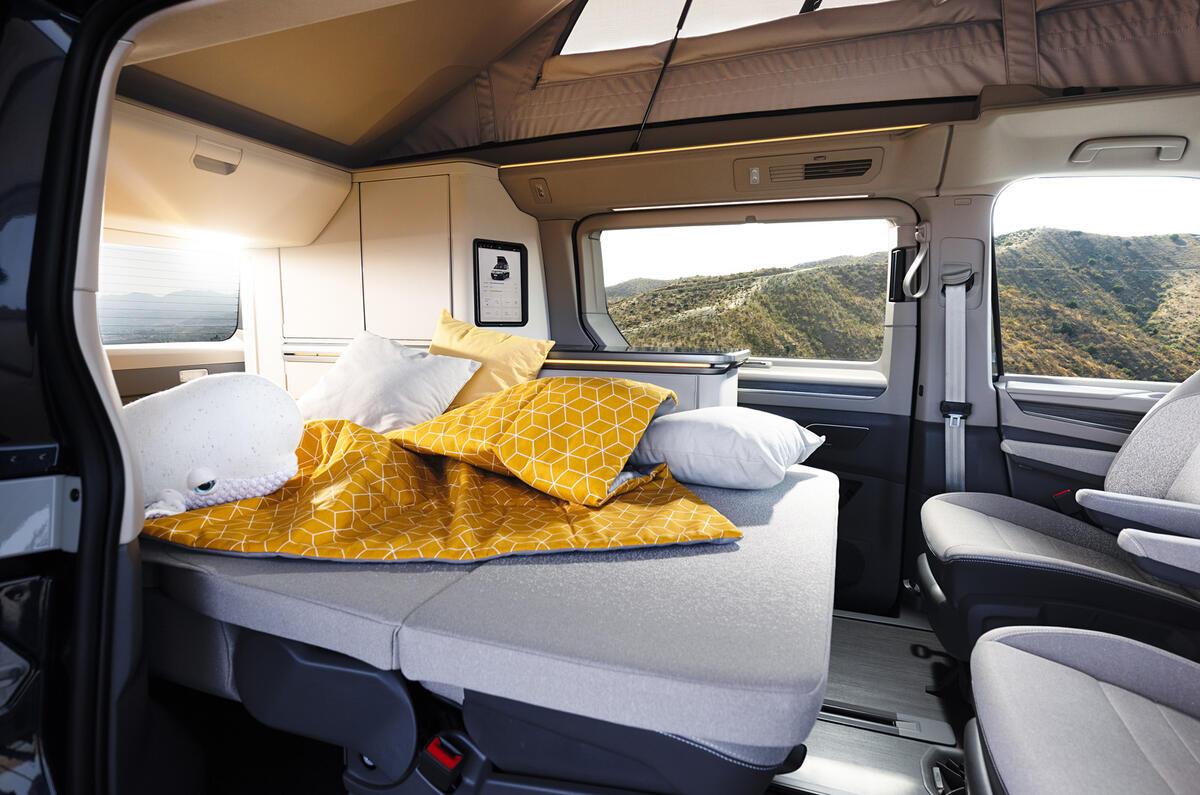
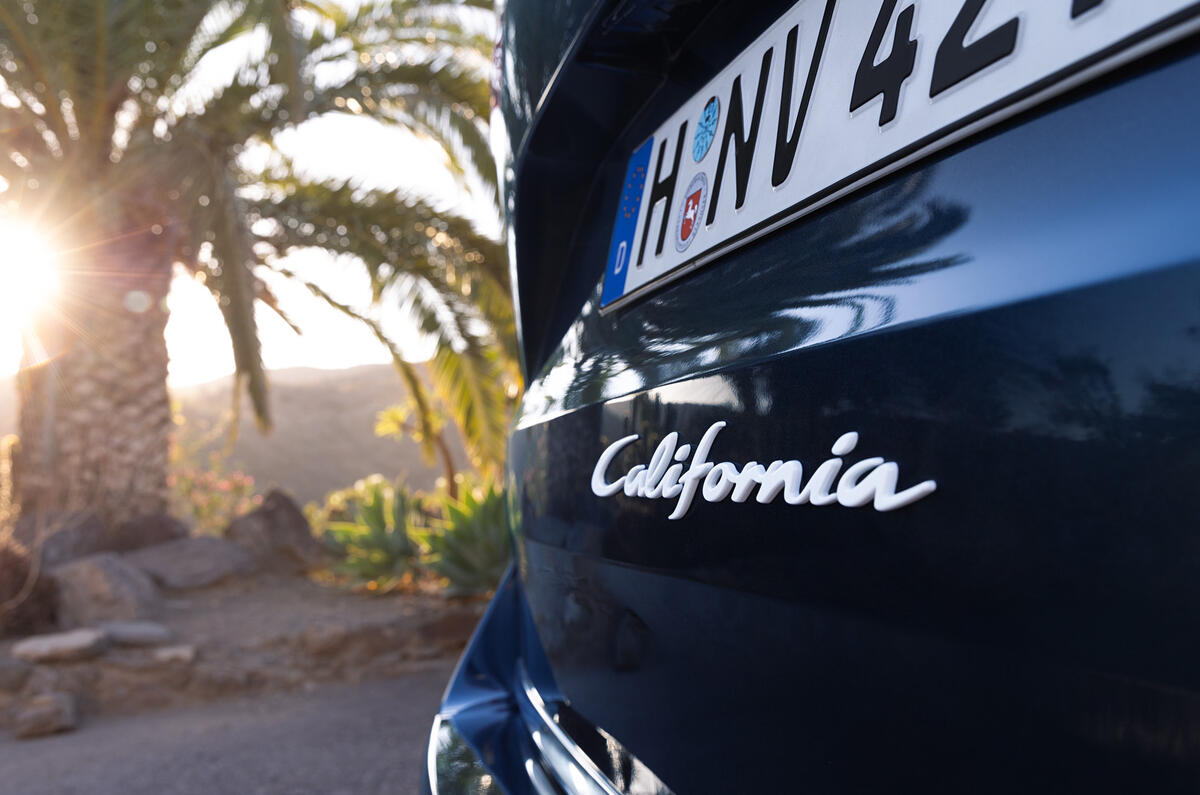
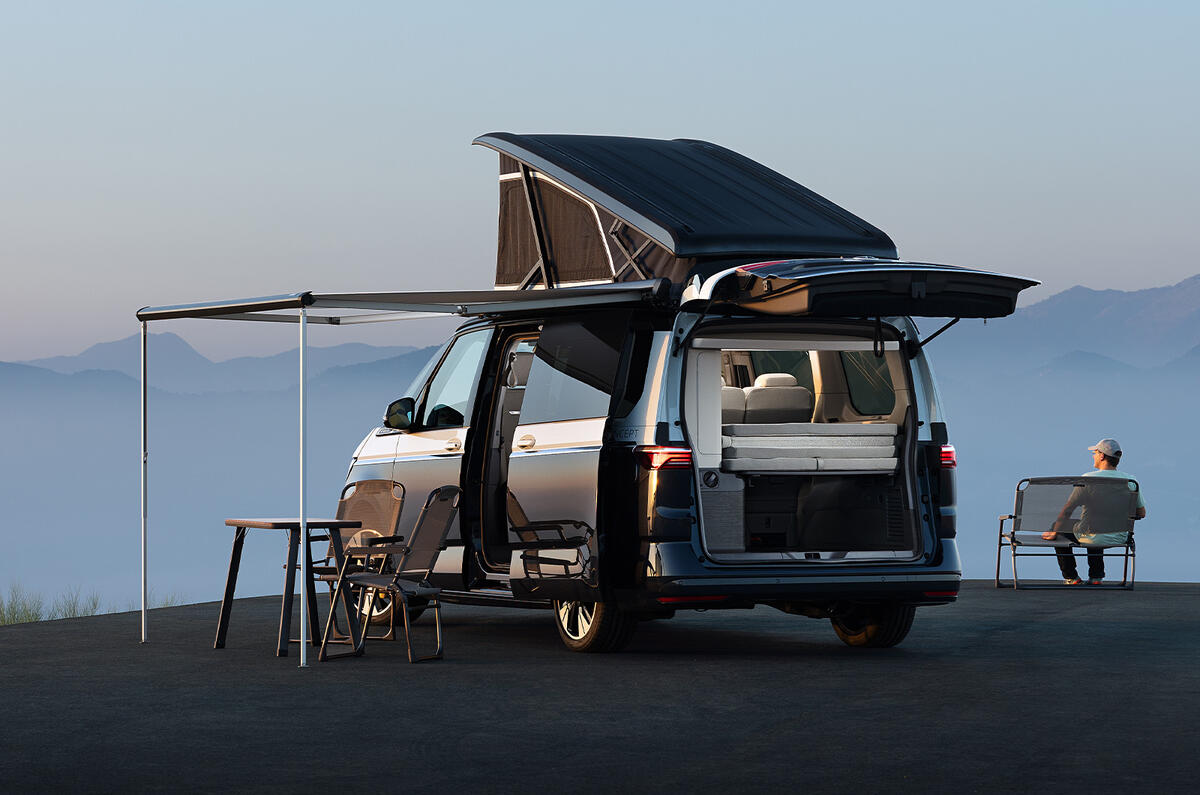
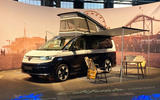
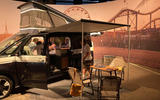
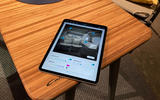
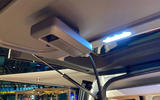
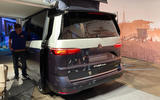
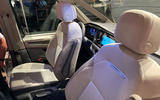
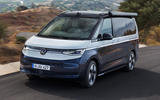
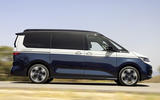
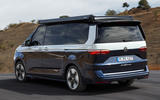
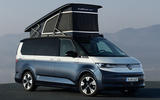

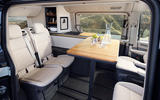
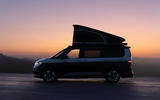
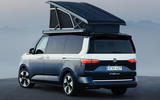
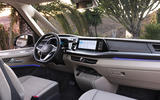
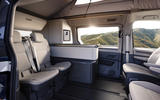
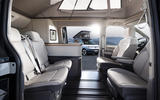
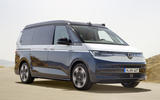
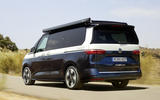
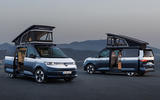
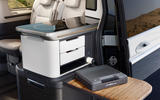
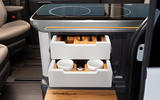
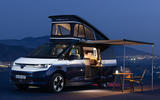

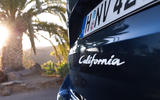
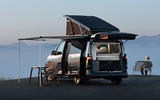

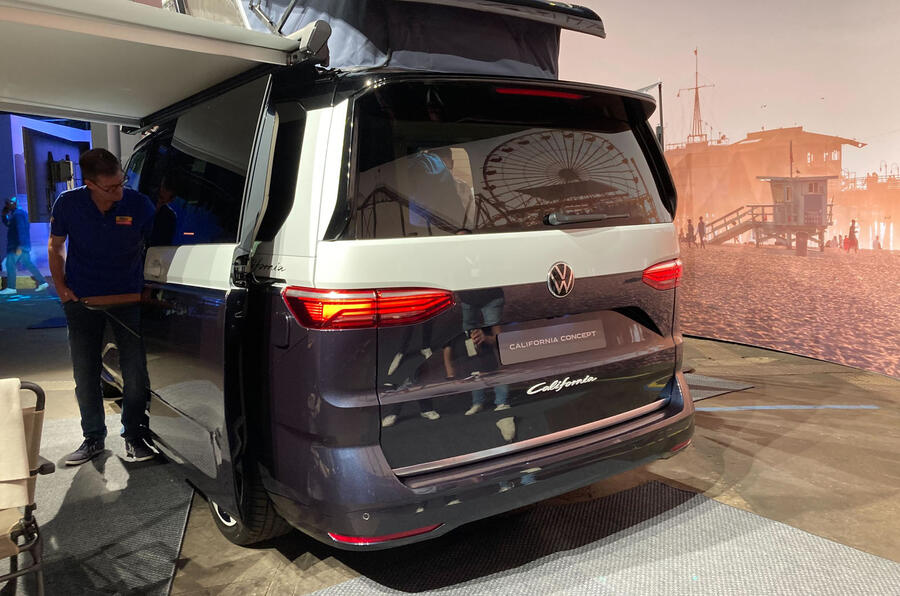





Join the debate
Add your comment
So too big to fit in a a supemarket parking space which was part of the original appeal for practicality when touring, and with a moronic, unnecessary detachible tablet (£1200 replacement plus £557(+vat) dealer coding).
Oh, and £20k more than the last one.
It's 1941mm wide, so it fits in the supermarket parking space. A VW Touareg is 1984mm, It's less length than most pick-ups, which dont seem to have a problem with supermarkets either.
I'd take this over a permium SUV. Far more useful, and the sliding doors make parking spaces more palatable.
If you want moronic, this leaves the ID Buzz with no purpose, other than a cutesy people carrier with an unsustainable price.
Why won't it fit, it's shorter than a Toyota pickup and they manage to park up.
Oh the irony of a VW California camper van, a vehicle that is not sold in California, or anywhere in the USA for that matter. Shame, it looks pretty decent.
Most electric cars have the drive battery isolated from the standard car battery. They use a separate traditional battery for all of the ancillary/equipment stuff.
A phev camper van makes so little sense, they're not inteneded for short 20 mile hops so after that 20 miles the next 100 miles to the next camp site means you're carrying 80 or so kilos pointlessly, especially as they're not usually used round town. And that's before you realise you're 7k down.
If it wasn't for the tax advantage they wouldn't exist at all.